Sport
Dollar
42,1006
0 %Euro
48,4148
0.08 %Gram Gold
5.396,9000
1.24 %Quarter Gold
9.055,1100
0.33 %Silver
65,2800
2.29 %Africa
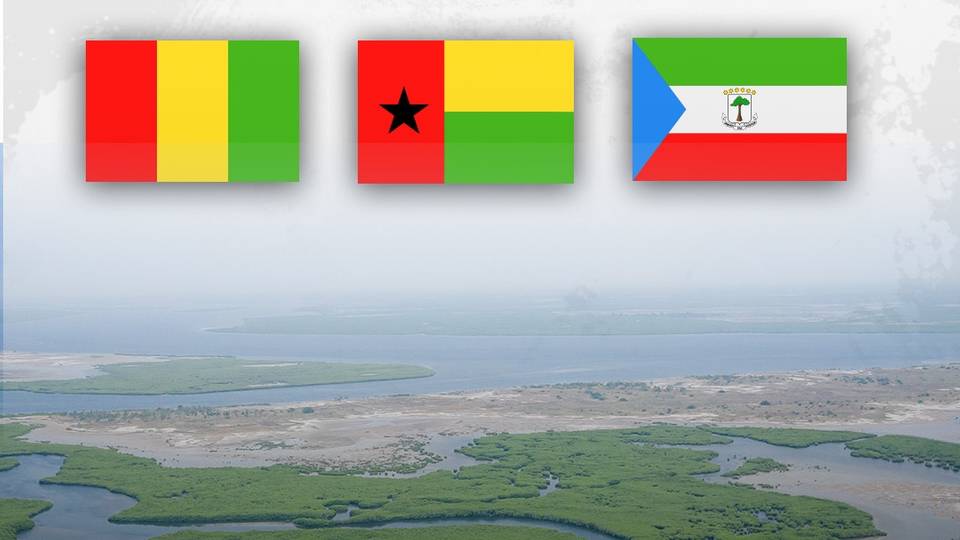
Africa is home to three nations sharing the name 'Guinea': These are Equatorial Guinea, Guinea-Bissau and the Republic of Guinea.
Although the countries have similar names, each has its unique stories.
The general theory suggests that the name Guinea was derived from Portuguese in the mid-15th century. Initially, it served as a generic term referring to the people and areas of West Africa, particularly those along the southern border of the Senegal River – where the now three countries are located.
The names of the countries—Guinea, Equatorial Guinea, and Guinea-Bissau—unfolded during the 20th century.
Spain, France, and Portugal collectively held sway over the Guinea region during colonialism before the African countries struggled and succeeded in gaining independence.
Let’s look at the story of each of the ‘Guineas’
GUINEA-CONAKRY
The Republic of Guinea lies on the west coast of Africa. It is sometimes called Guinea Conakry after its capital Conakry.
It is the largest of the three countries. It measures 245,857 square kilometres and has a population of about 14 million.
The country was colonised by France. It was referred to as French Guinea prior to its independence in 1958.
Its first leader after independence was Sékou Touré who ruled from1958 to 1984.
The current leader is Colonel Mamady Doumbouya who came to power in 2021 after overthrowing President Alpha Conde in a military coup.
Located in West Africa, Guinea is rich in natural resources – having a third of the world's bauxite reserves and has a GDP of about 16 billion USD, according to the World Bank.
Now to GUINEA-BISSAU
Guinea-Bissau is located north of the Republic of Guinea. It is the second largest of the three countries, measuring 36.125 Sq metres and has a population of more than 2.1 million.
The country was previously known as Portuguese Guinea before its independence from Portugal in 1973.
This was about 15 years after Guinea Conakry gained its independence from France.
In order to differentiate it from the other Guinea, the capital of the newly independent country, Bissau, was added to its name. Since then it is known as Guinea-Bissau.
Luis Cabral was the first president of the country after its independence.
The current President of Guinea-Bissau, Umaro Mokhtar Sissoco Embaló came to power in February 2020 following an election. He is the 6th leader of the country since independence.
Guinea-Bissau has the lowest GDP of all the Guineas at 1.639 million USD according to a 2021 report by the World Bank. Its top exports include coconuts and cashews.
EQUATORIAL GUINEA
Let’s cross over to Equatorial Guinea which, in terms of area size, is the smallest of the three African countries bearing the name Guinea.
Equatorial Guinea measures 28,052 sq km, with a population of more than 1.7 million.
It is the closest “Guinea” to the equator – which explains its name – Equatorial Guinea. It borders the Atlantic Ocean in central Africa.
The country was known as the Spanish Guinea before its independence from Spain in 1968. It is the only African country where Spanish is the official language.
While Guinea-Bissau and Guinea Conakry are in West Africa, Equatorial Guinea is in Central Africa.
Equatorial Guinea has only had two presidents since independence starting with Francisco Macías Nguema who ruled between 1968 and 1979 and his nephew President Teodoro Obiang Nguema Mbasogo who seized power on August 3rd 1979 in a military coup.
Under Obiang’s leadership, Equatorial Guinea became an important oil producer and exporter. The country has one of the highest per capita incomes in Africa.
ENDS
Comments
No comments Yet





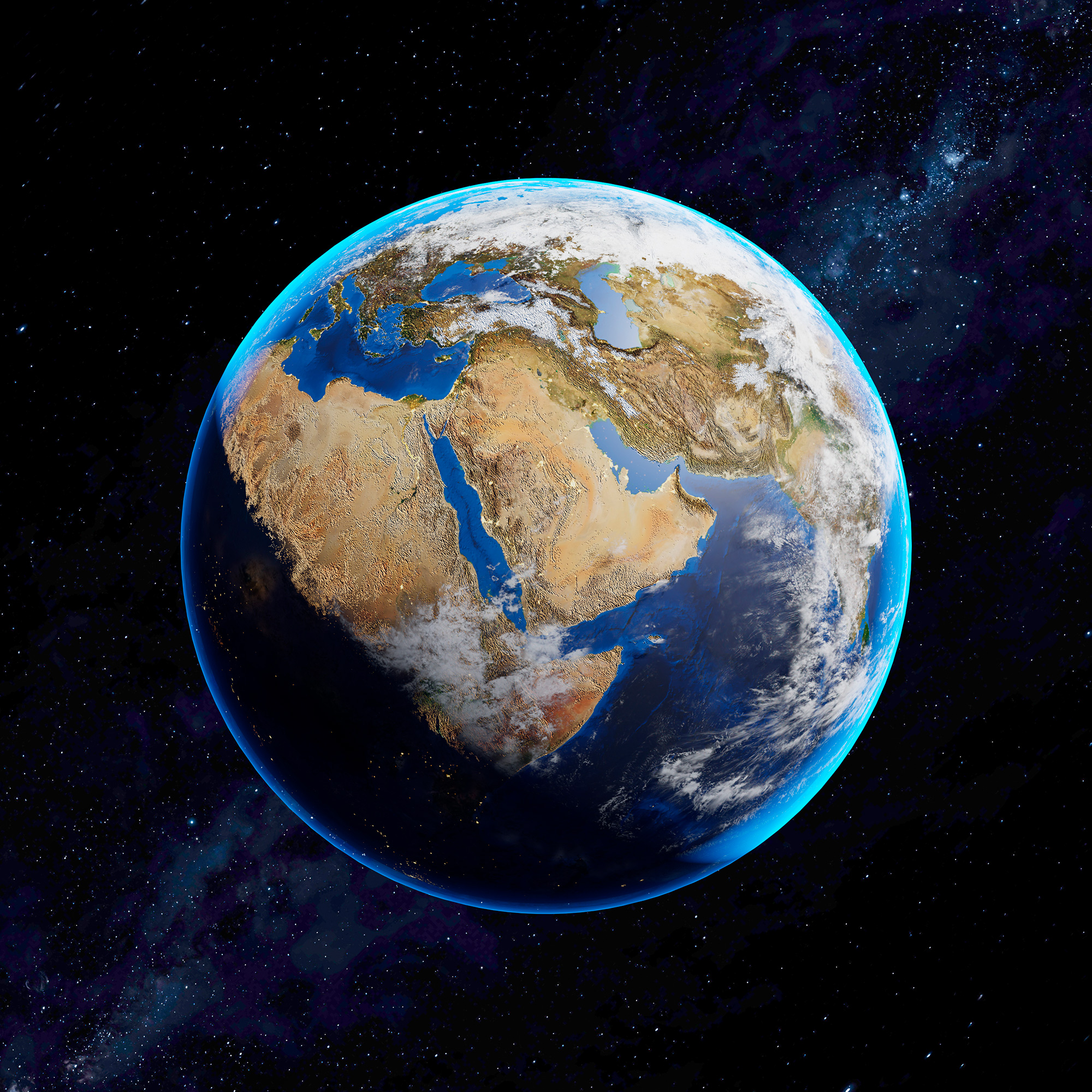

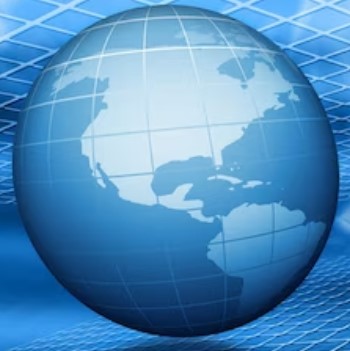
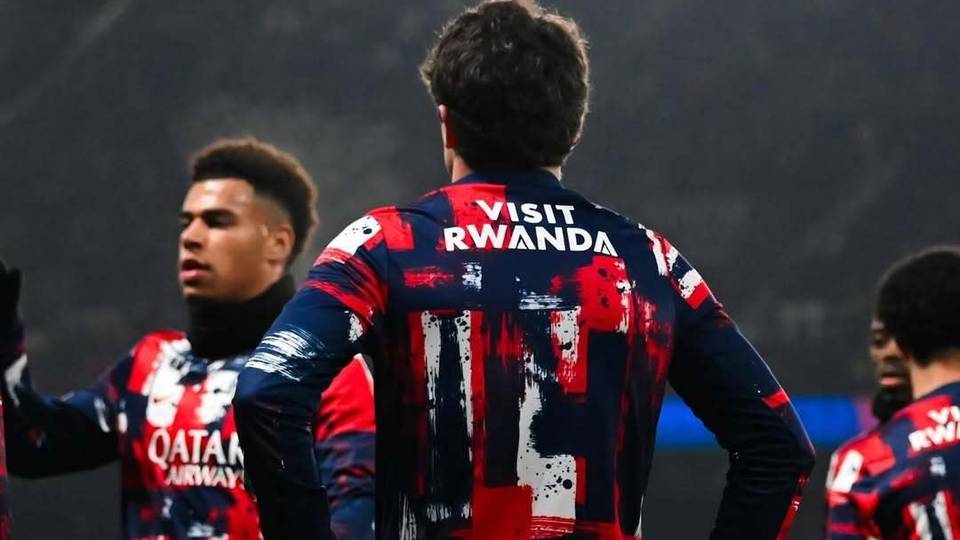
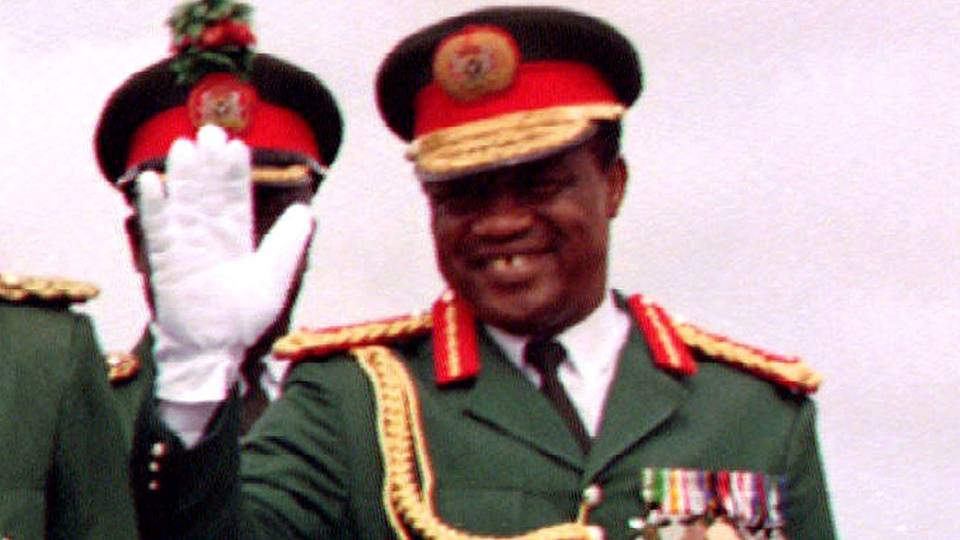
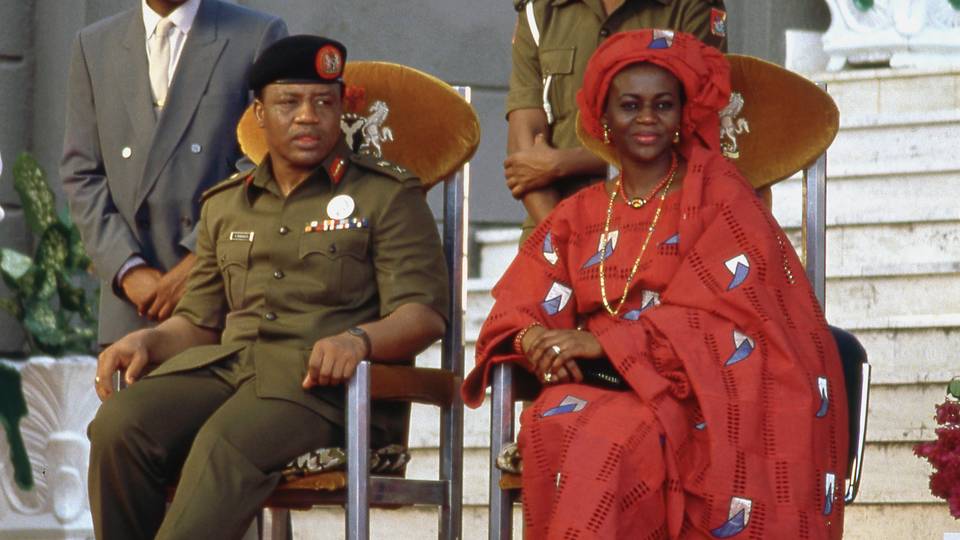
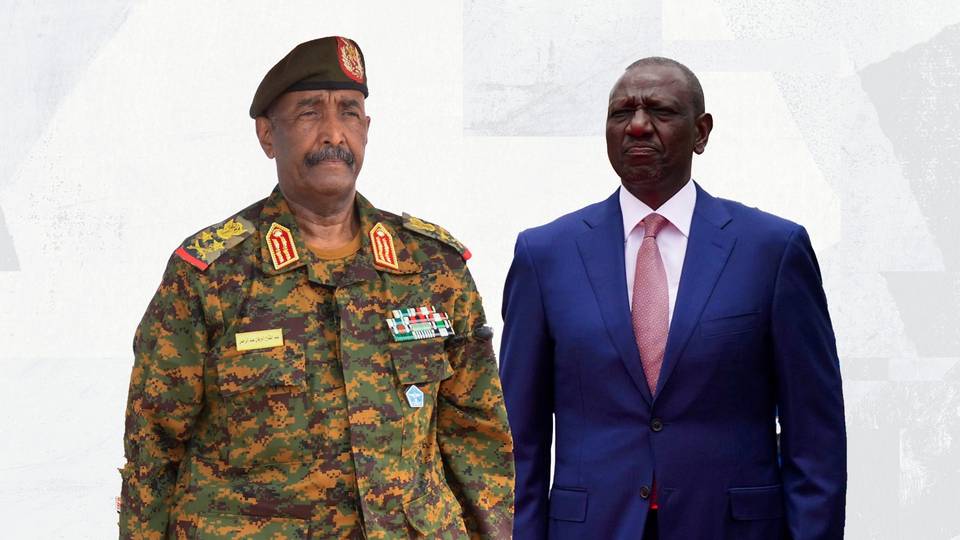


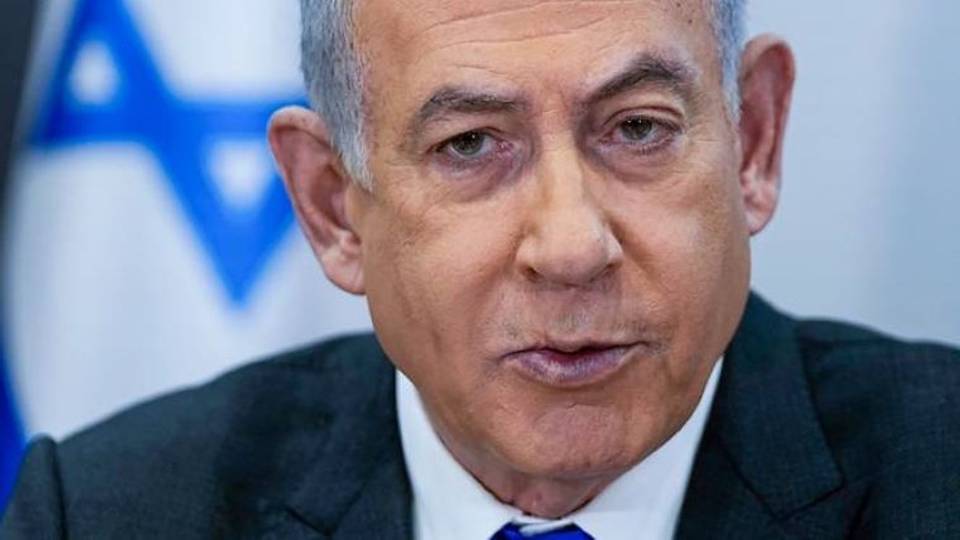





Comment